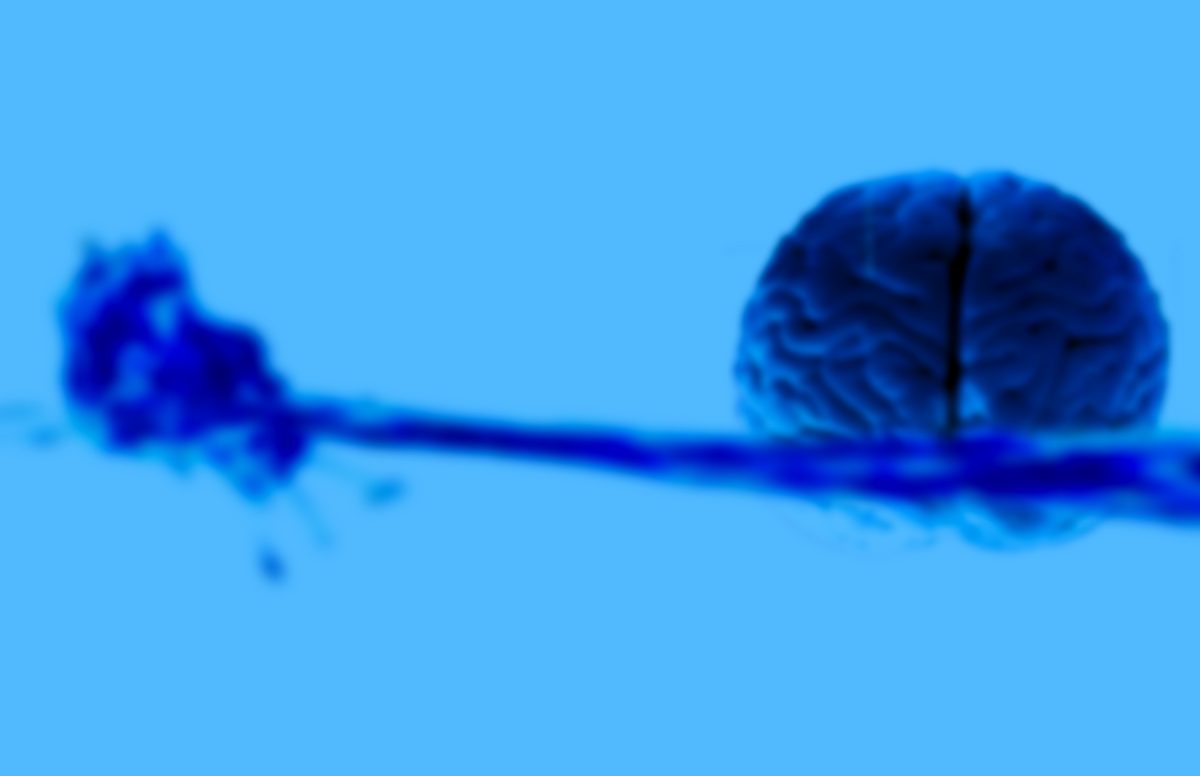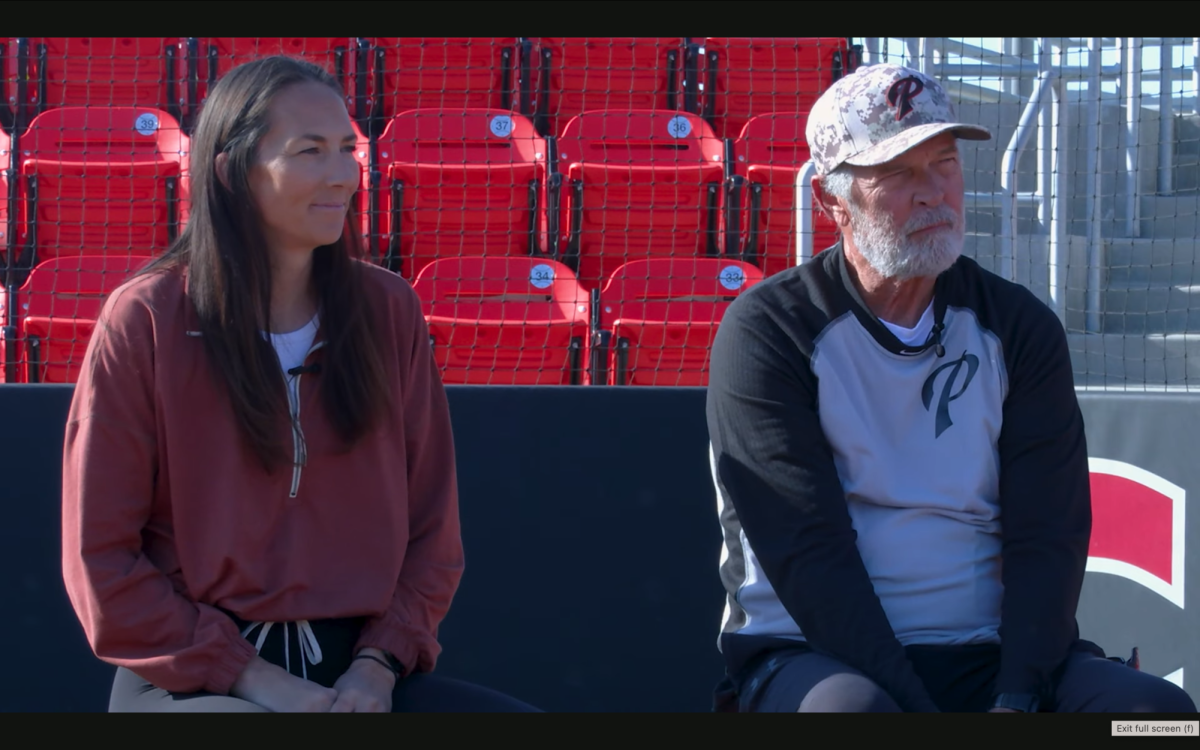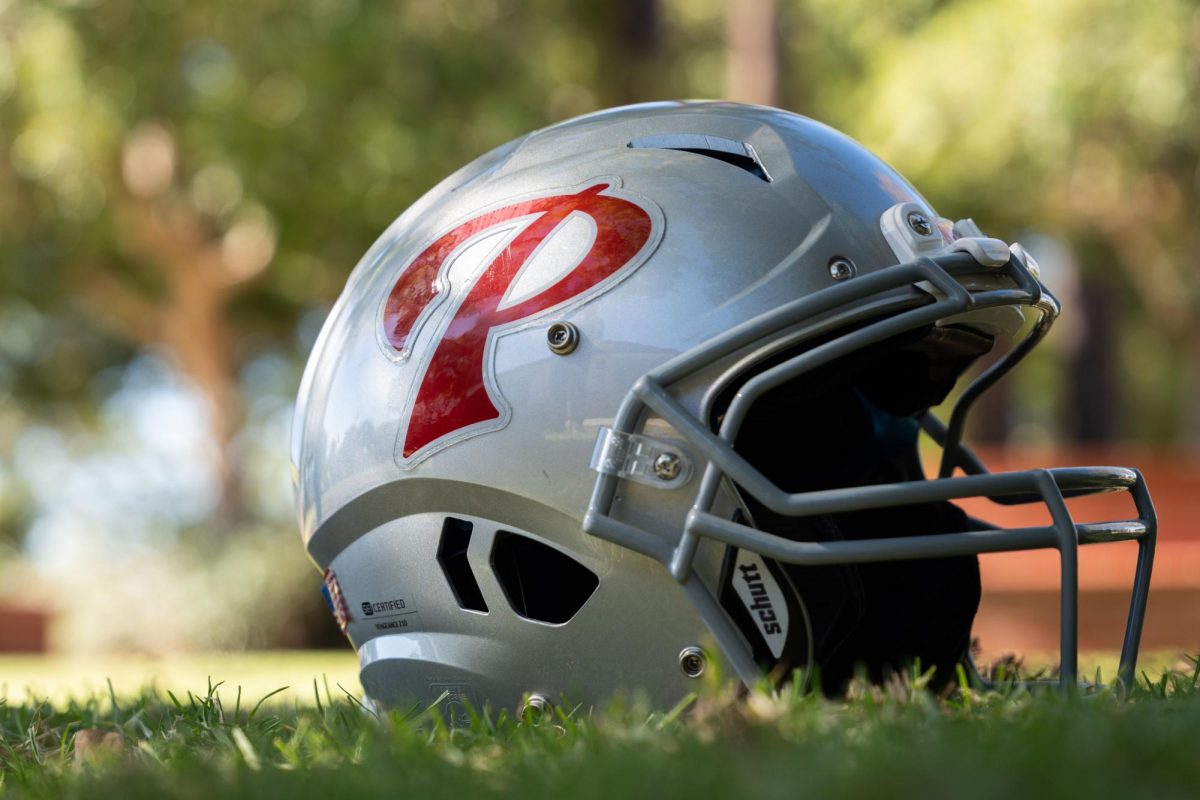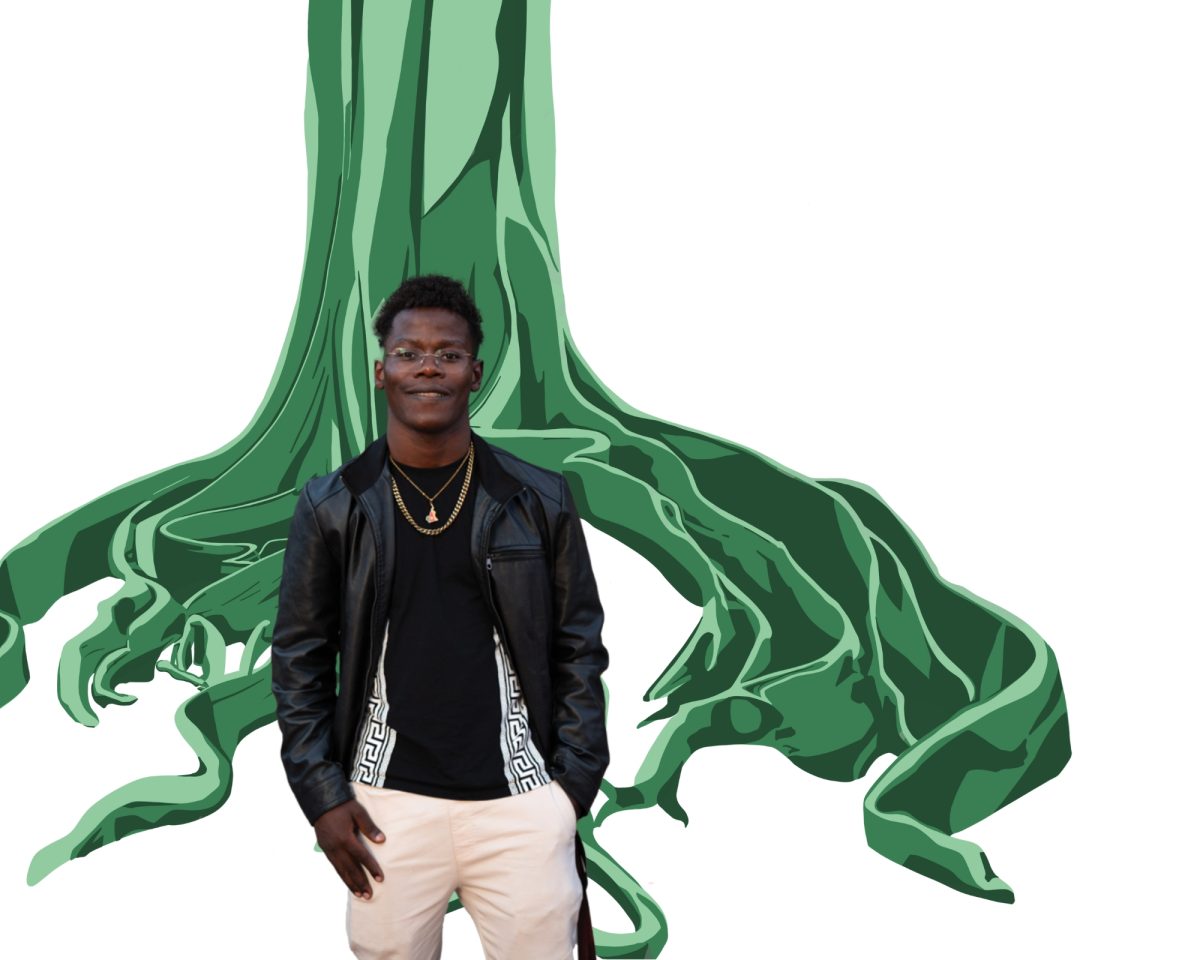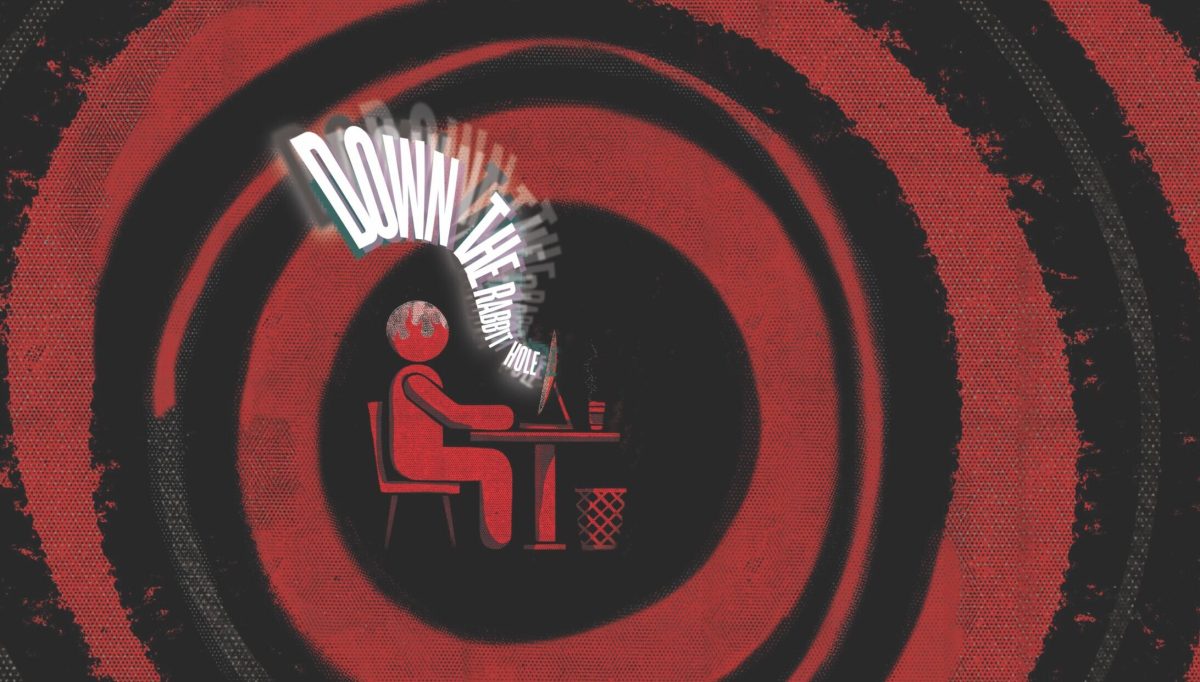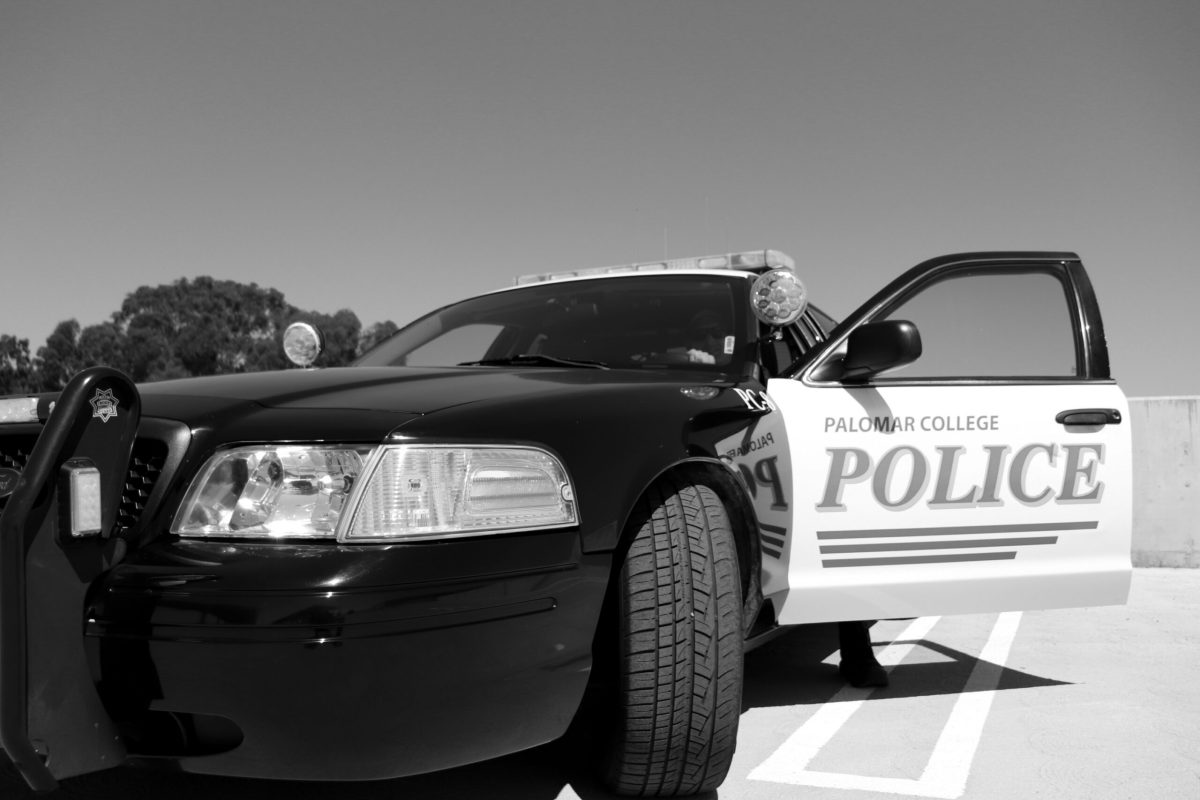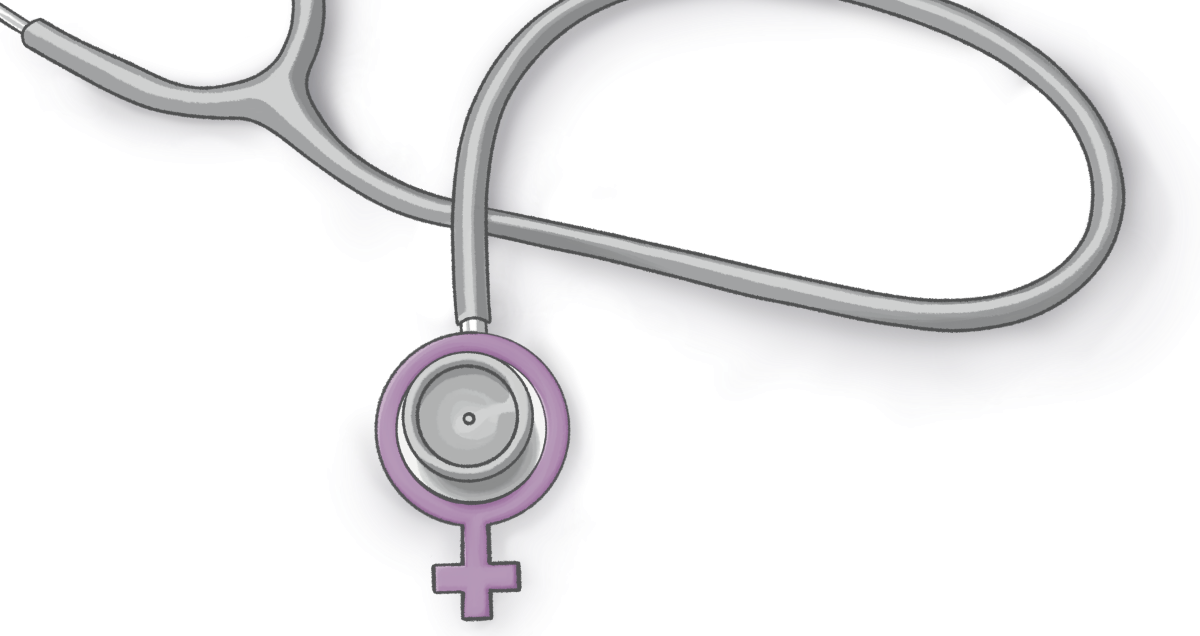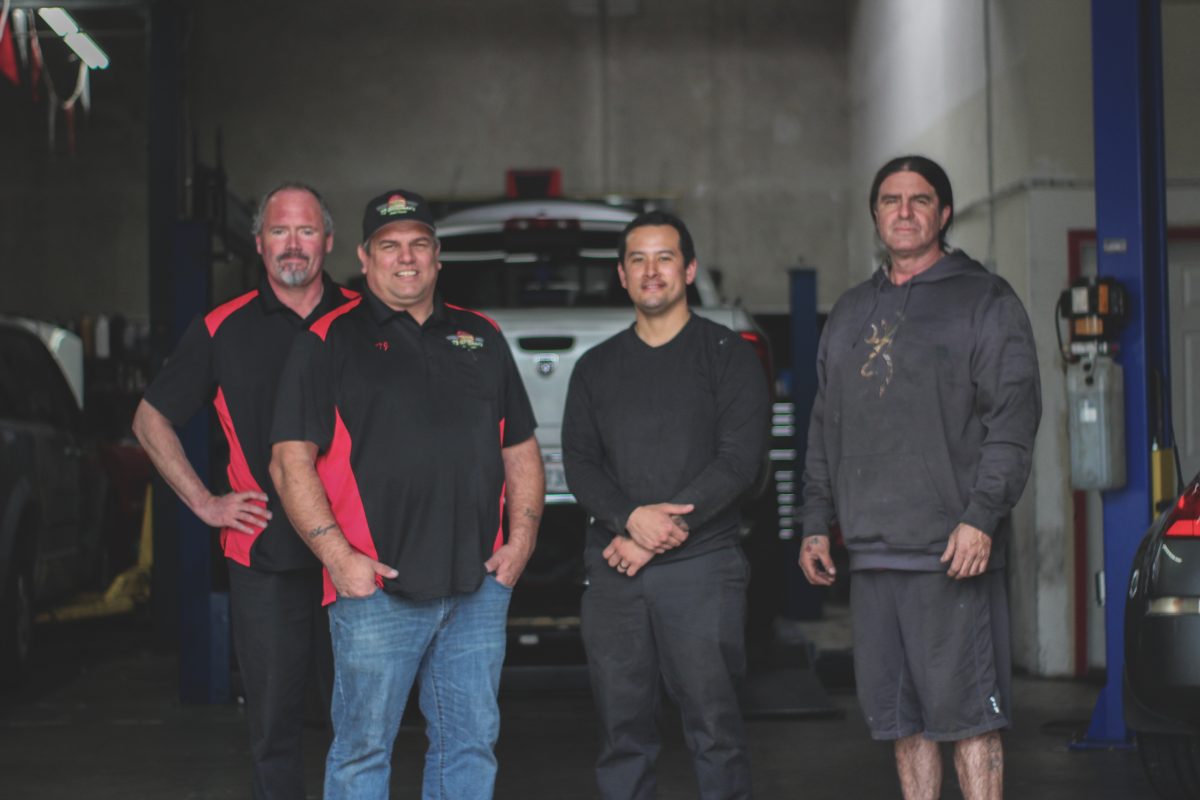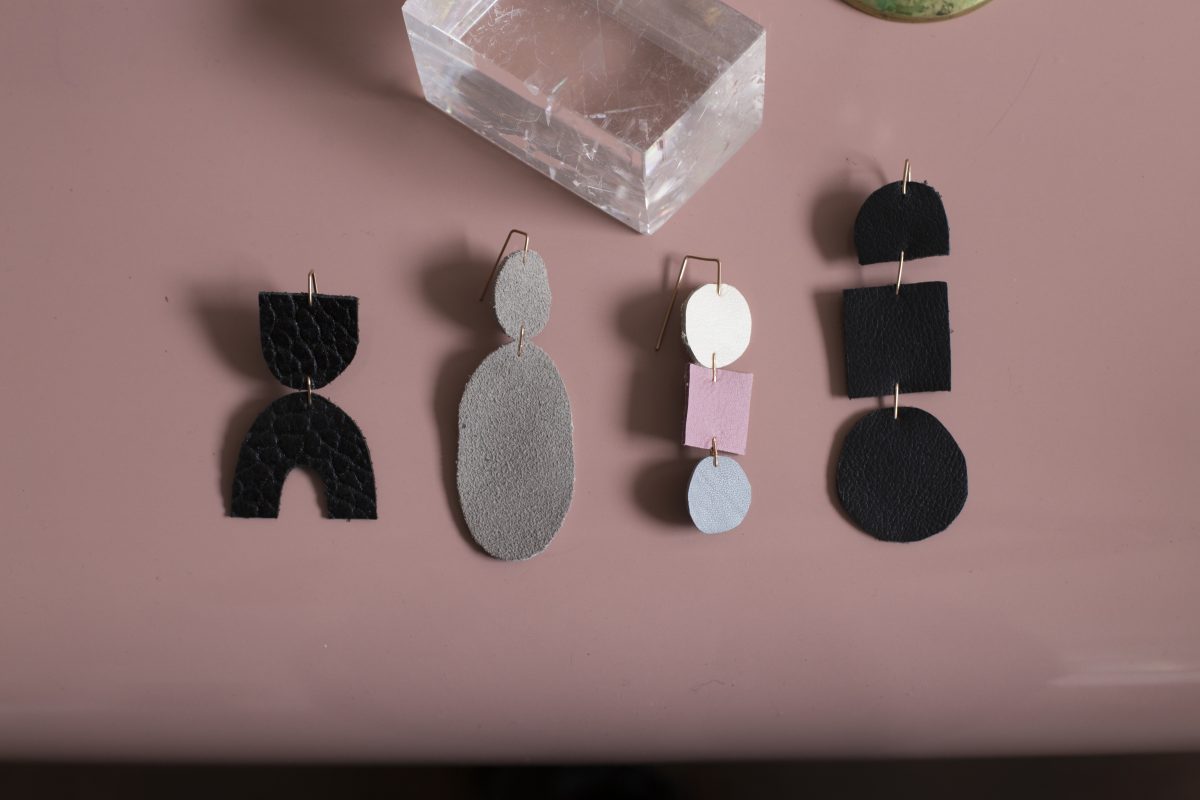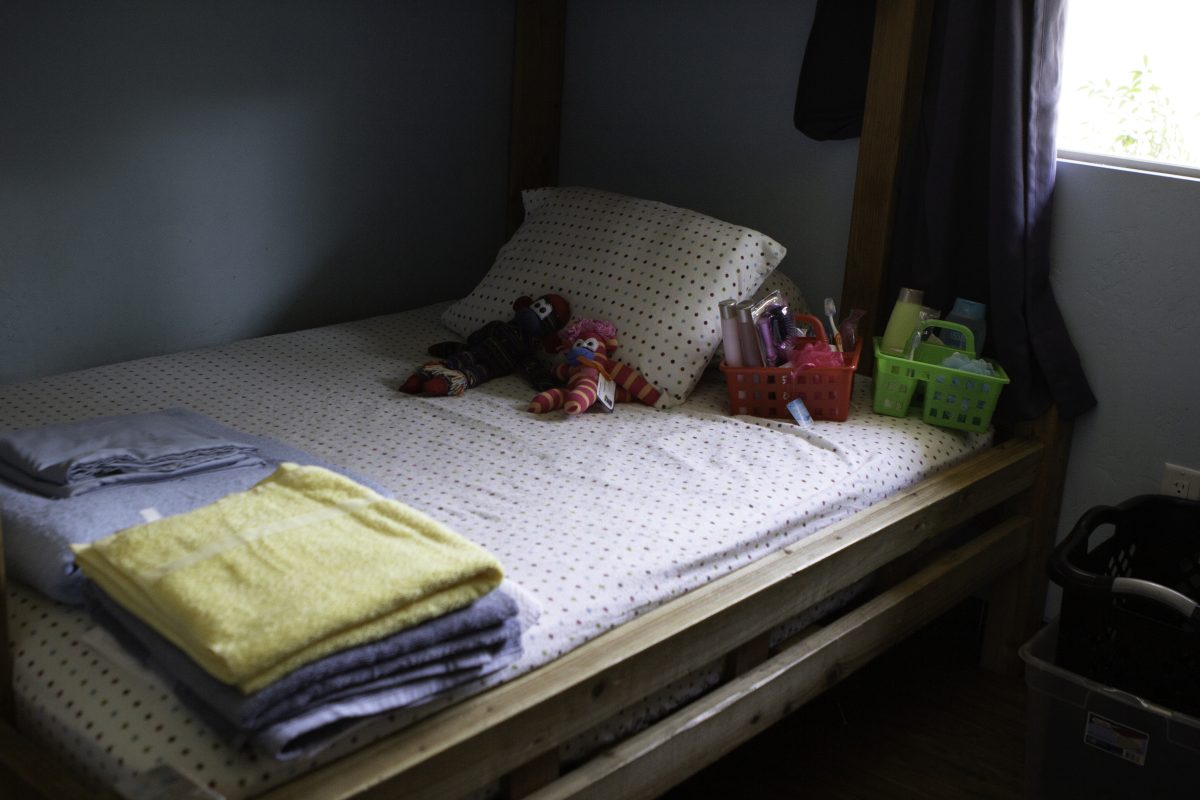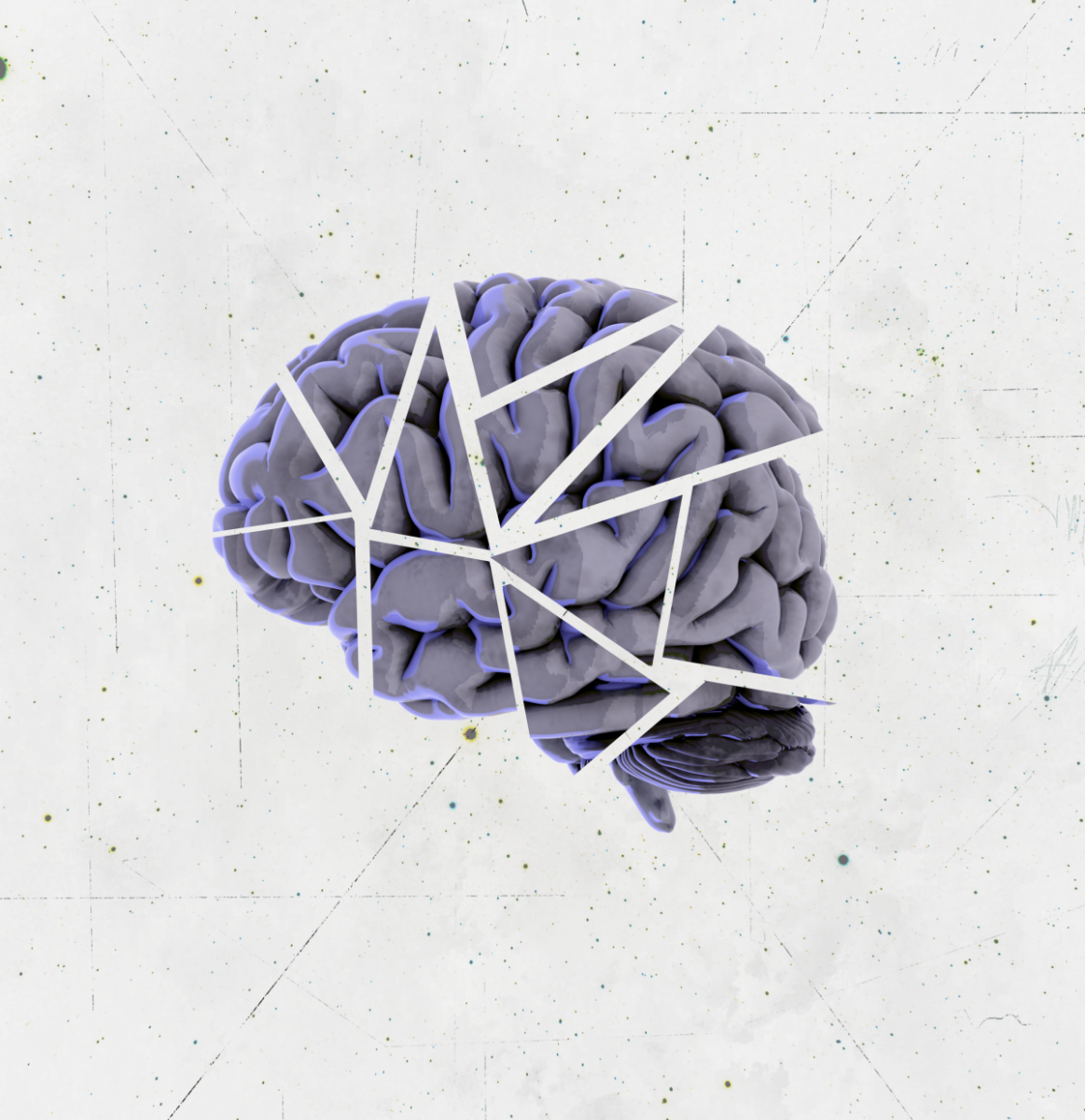This year in the United States, an estimated 23,820 adults and 3,720 children will be diagnosed with some form of brain cancer. Approximately 35 percent of them will still be alive five years from now.
As the tenth leading cause of death in men and women, the American Society of Clinical Oncology estimates 17,760 adults will die from a cancerous brain or central nervous system tumor this year. This battle is not a new one, but our understanding of cancer has gotten better.
Nearly 5,000 years ago, the ancient Egyptians wrote descriptions of cancer on papyrus with an annotation stating, “There is no treatment.” Fossilized bones and mummies from the period show evidence of tumors.
Two years ago, an 8-year-old girl, Naudia Greenawalt wrote about her 7-year-old friend, Linkin Eger, stating, “He doesn’t like chemo, but it’s saving his life right now.”
When Linkin was 2 years old, he was diagnosed with Pilocytic Astrocytoma – a slow-growing brain and central nervous system cancer that develops from star-shaped cells called astrocytes. Linkin’s mother, Kelly Eger, said her son’s left eye started moving around.
“At first it was minor, and we weren’t even sure we noticed it, but then over a few weeks it got worse. When we called to make an eye appointment, the scheduler asked if it was an emergency. At that time I said no because my optimism said it was only a wandering eye.”
Three months passed before the Egers were able to get an appointment with their ophthalmologist who told them within 2 minutes that Linkin needed an MRI immediately.
“The best way I can explain the initial consultation after the MRI was seeing the neurosurgeon’s mouth move but only hearing white noise. We truly were unable to process the information being presented to us,” Eger said.
Around 1,900 years ago, the ancient Romans attempted to treat cancer with surgery even before the discovery of anesthesia. They noted that even after the scars have formed the disease returned. Today, surgery is still used and has become an effective treatment for many forms of cancer.
For Linkin, doctors were able to remove about 90 percent of the brain tumor with the remaining 10 percent wrapped around an artery and inoperable. Afterward, Linkin was temporarily paralyzed on the left side of his body and suffered from seizures. He had to have double eye surgery to realign his eyes from the tumor pushing on his optic nerve. When Linkin was 7, the cancer returned.
In the early 1900s it was discovered that while radiation could cause cancer through cell damage, it was able to be used to further damage and kill the cancer cells. Shortly after World War II, scientists discovered that chemotherapy was able to destroy rapidly dividing cells, such as cancer cells, by destroying its DNA.
When Linkin’s cancer came back, doctors began to treat him with chemotherapy. It was then that Naudia started to write her book, “My Friend Linkin,” to help kids better understand cancer from a kid’s perspective. Naudia went with Linkin to his chemotherapy sessions and documented it all in her book. She interviewed his family and asked Linkin tough questions like “are you afraid?” and “do you think you’ll die?”
Linkin received chemotherapy by injection every Monday for a year. It was during that time that Naudia was able to publish her book and helped raise $5,000 for Linkin’s expensive treatments. Today, he is 9 years old and 7 months post-chemotherapy.
“We have seen his energy come back and he is taking big steps in school. He has to meet with his doctors every three months for check-ups and MRI’s,” Kelly said.
Linkin’s check-ups are expected to continue for the next year before decreasing in frequency to every six months and then eventually annually. Because there is still a part of the tumor wrapped around an artery, Linkin’s doctor visits will continue at least annually for the rest of his life.
In February, My Friend Linkin officially became a non-profit organization dedicated to helping children with debilitating diseases.
Linkin has been working closely with the organization’s new recipient, 8-year-old Mackenzie Clyde, to write a book about her called “My Friend Mackenzie.” Since her brain cancer diagnosis on May 25, 2018, Mackenzie has gone through tumor resection surgery, 31 sessions of radiation and 7 months of high dose chemotherapy.
The book is expected to be available at the end of May.

